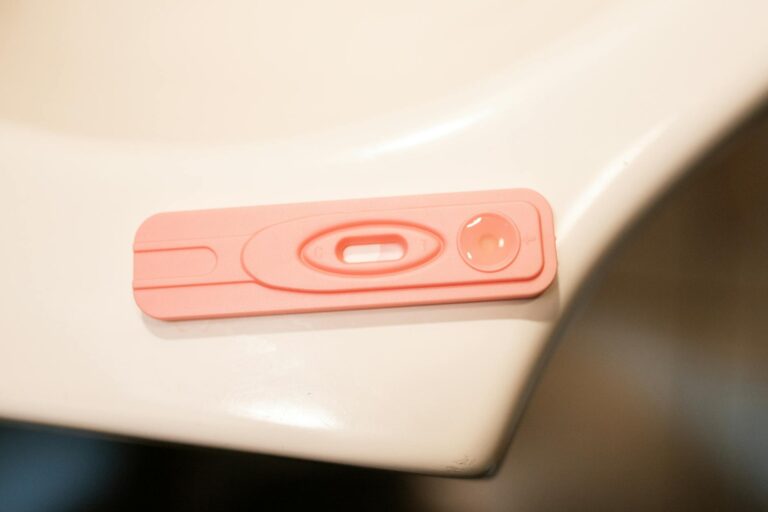Dementia is a complex and challenging condition that affects millions of people worldwide. It is a progressive disorder that impacts a person’s cognitive abilities, including memory, thinking, and behavior. As the disease progresses, individuals with dementia become increasingly vulnerable and dependent on others for their safety and well-being.
One of the biggest concerns for caregivers and loved ones of those with dementia is the risk of a data breach. With the rise of technology and the increasing use of digital platforms for storing personal information, there is a growing threat of sensitive data being compromised. This can have serious consequences for individuals with dementia, who may be unable to understand or defend themselves against such breaches.
In this article, we will discuss the importance of creating a safe environment for someone with dementia, particularly in terms of safeguarding against data breaches.
Understanding Dementia and its Impact on Vulnerability
Dementia is not a specific disease but rather a term used to describe a wide range of symptoms associated with a decline in cognitive function. The most common form of dementia is Alzheimer’s disease, which accounts for 60-80% of cases. Other types include vascular dementia, Lewy body dementia, and frontotemporal dementia.
People living with dementia experience difficulties in various aspects of their lives. These may include memory loss, confusion, disorientation, communication problems, and changes in mood and behavior. As the disease progresses, individuals become increasingly dependent on caregivers for their daily needs.
Moreover, as cognitive function declines, individuals with dementia become more vulnerable to exploitation and abuse. They may struggle to recognize or understand potentially dangerous situations, making them easy targets for scammers and abusers. This vulnerability extends to digital platforms, where sensitive information can be easily accessed and misused.
Dementia and Data Breaches: A Growing Concern
The rapid advancement of technology has brought many benefits, but it has also created new risks and challenges. Data breaches have become an increasingly common occurrence, with millions of personal records being compromised every year. According to the Identity Theft Resource Center, there were over 1,200 data breaches in 2018 alone, exposing more than 446 million records.
For individuals with dementia, the consequences of a data breach can be devastating. Their personal information, such as social security numbers, bank account details, and medical records, can be used for identity theft or financial fraud. In some cases, their sensitive information may also be used to gain unlawful access to their physical and financial assets.
The risk of a data breach is especially concerning for individuals with dementia because they may not have the capacity to understand or take action against such attacks. They are also less likely to report any suspicious activity, making them an easy target for scammers and hackers.
Creating a Safe Environment for Someone with Dementia
Creating a safe environment for someone with dementia goes beyond physical safety. It also involves safeguarding their personal information and sensitive data. Here are some essential steps to take:
1. Educate yourself and others: The first step in protecting someone with dementia from a data breach is understanding the risks and how to prevent them. Educate yourself and others involved in their care about the importance of safeguarding their personal information.
2. Limit access to personal information: Caregivers and family members should limit access to personal information by keeping it in a secure place. This includes social security numbers, bank account details, and medical records.
3. Use strong passwords: Encourage individuals with dementia to use strong passwords for their online accounts. These should be a combination of letters, numbers, and symbols, and should not be easy to guess.
4. Monitor online activity: Keep an eye on their online activity and regularly check for any unusual or suspicious behavior. If possible, set up alerts for any unusual login attempts or changes to account information.
5. Use privacy settings: Adjust privacy settings on social media platforms and other digital accounts to limit the amount of personal information that is visible to the public.
6. Be cautious of scams: Warn individuals with dementia about potential scams and teach them to be cautious when receiving unsolicited calls or emails asking for personal information.
7. Keep devices and software up-to-date: Make sure all devices and software used by individuals with dementia are updated regularly with the latest security patches.
8. Seek professional help: If necessary, seek professional help from a financial advisor or lawyer to set up legal safeguards against financial exploitation.
By taking these steps, you can create a safe environment for someone with dementia and reduce their vulnerability to data breaches.
In addition to these measures, it is essential to maintain open communication with individuals with dementia and involve them in decision-making whenever possible. This will not only give them a sense of control but also increase their understanding and awareness of the risks posed by data breaches.
Final Thoughts
Creating a safe environment for someone with dementia involves not only physical safety but also safeguarding their personal information and sensitive data. As technology continues to advance, the risk of data breaches will only increase. It is crucial for caregivers and loved ones to be proactive in protecting individuals with dementia against such threats. By educating yourself and taking the necessary precautions, you can help ensure the safety and well-being of your loved one. Remember, prevention is always better than cure.





